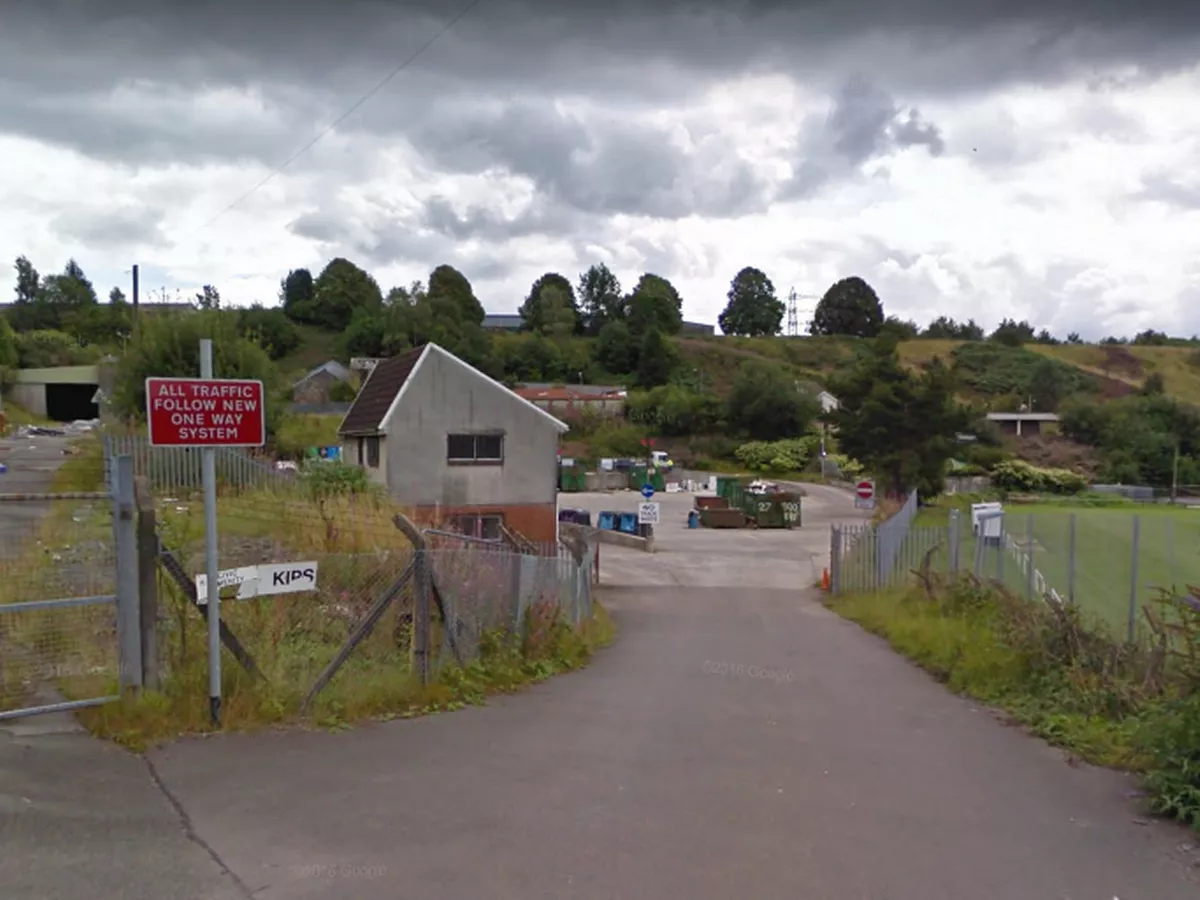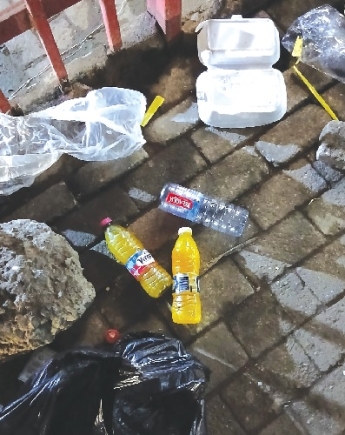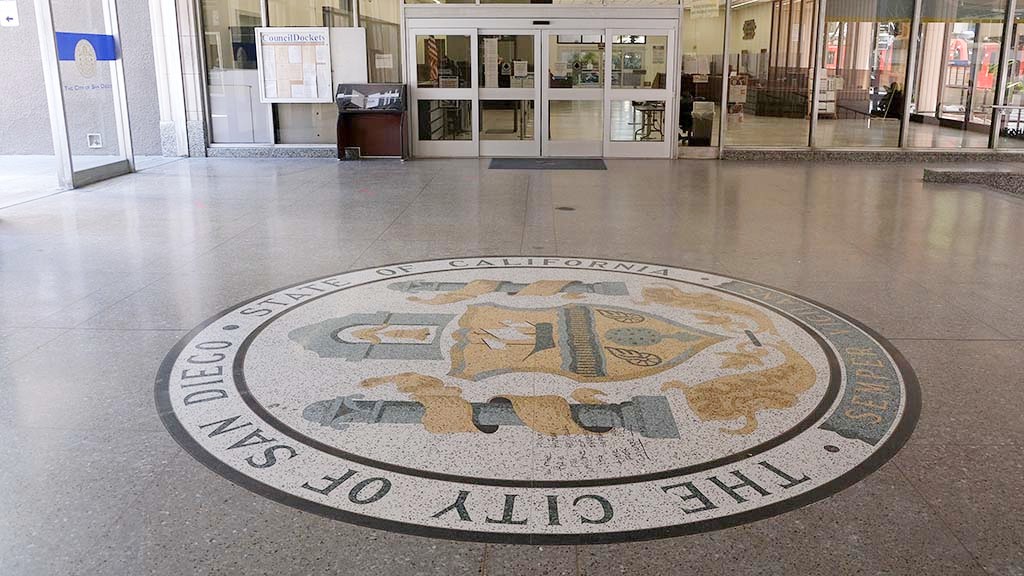Copyright walesonline

Latest recycling figures for a Welsh county show it is currently lagging behind the Welsh Government’s 70% recycling target . The latest available data, as at 2024, shows Merthyr Tydfil’s household recycling rate as being 66.24% with food waste participation having plateaued at around 50%. It also shows there are high levels of residual waste per household and increasing operational costs for collection and disposal. The council said it wants to achieve the Welsh Government's recovery target of 70% and exceed this by 2028 . A council report on the mater states that the local authority wants to “provide residents of Merthyr Tydfil with a sustainable waste management service that not only achieves recovery targets but is also environmentally beneficial and provides us with good quality marketable products”. For our free daily briefing on the biggest issues facing the nation, sign up to the Wales Matters newsletter here It adds: “There is still a considerable quantity of recyclables and food waste being collected in the residual waste bins. “To improve our performance we need to focus on reducing the residual waste collected by extracting the recyclable material into the proper collection services.” The report also said the council wants to improve public participation and understanding of recycling through ongoing educational and enforcement campaigns, increase commercial and school recycling rates, embed circular economy principles across council operations, and comply with workplace regulations. The report said the current waste strategy successfully supported the council in achieving the Welsh Government recovery rate when it was 58% and 64% and the council successfully introduced kerbside sort collections for recyclable materials and improved recycling infrastructure at household recycling centres. The current council waste strategy was adopted in 2015 and was a 10-year strategy which comes to an end in 2025. The report said significant changes in policy and public expectations have emerged since 2015 and a new waste strategy has been prepared for the next five years. Between August and September this year there was a public consultation on the new waste strategy which received 217 responses. Responders were widely supportive and engaged in the existing recycling service but several raised concerns that some others within the county were not recycling as effectively as they could. There was also widespread support for the collection of plastic film, nappies, and small waste electric and electronic equipment from the kerbside. There were also requests for the collection of other waste streams that may be impractical to collected such as paint tins. There were some issues raised about hygiene and pests/vermin relating to food waste, although on review the council found these were not justified as recycling food waste. Using the provided containers weekly is far less likely to cause issues than storing waste food in the residual bin for much longer periods of time, the report said. There was also said to be a small but consistent theme raised regarding post-collection cleanliness with multiple responses referring to collections resulting in litter. The consultation saw some negative feedback to the reduction in opening hours of household recycling centres. There were several comments about easing stringent controls on waste entering the sites but the council says this has clearly been proven across Wales to be a key factor in minimising non-household waste and maximising recycling rates. There were also some comments that linked controls on businesses using the sites for fly-tipping, but the council said there is limited evidence of this. There was said to be strong support for increasing reuse and repair across the county borough but a barrier appeared to be that current reuse facilities are only open during office hours making it difficult to access. There was also support for the free collection and delivery of items for reuse, although the report said this would have an impact on budgets. The idea of having more reuse and repair locations across the county borough was also raised and a small number of people suggested having an online inventory of items available for reuse. A small number of people referred to having items refused when taking them for reuse and the report said the council could consider a method of communicating which items are wanted for reuse as well as when there is an over supply of certain items. Education and awareness was seen as a key tool to increase engagement and help deliver the proposed strategy. Many responses said they only needed information via social media while others said they did not use digital communications and requested leaflets. The need for improved access to information and guidance was raised frequently with evidence of gaps in public understanding regarding collection schedules, the provision of free liners, and recyclable materials.



